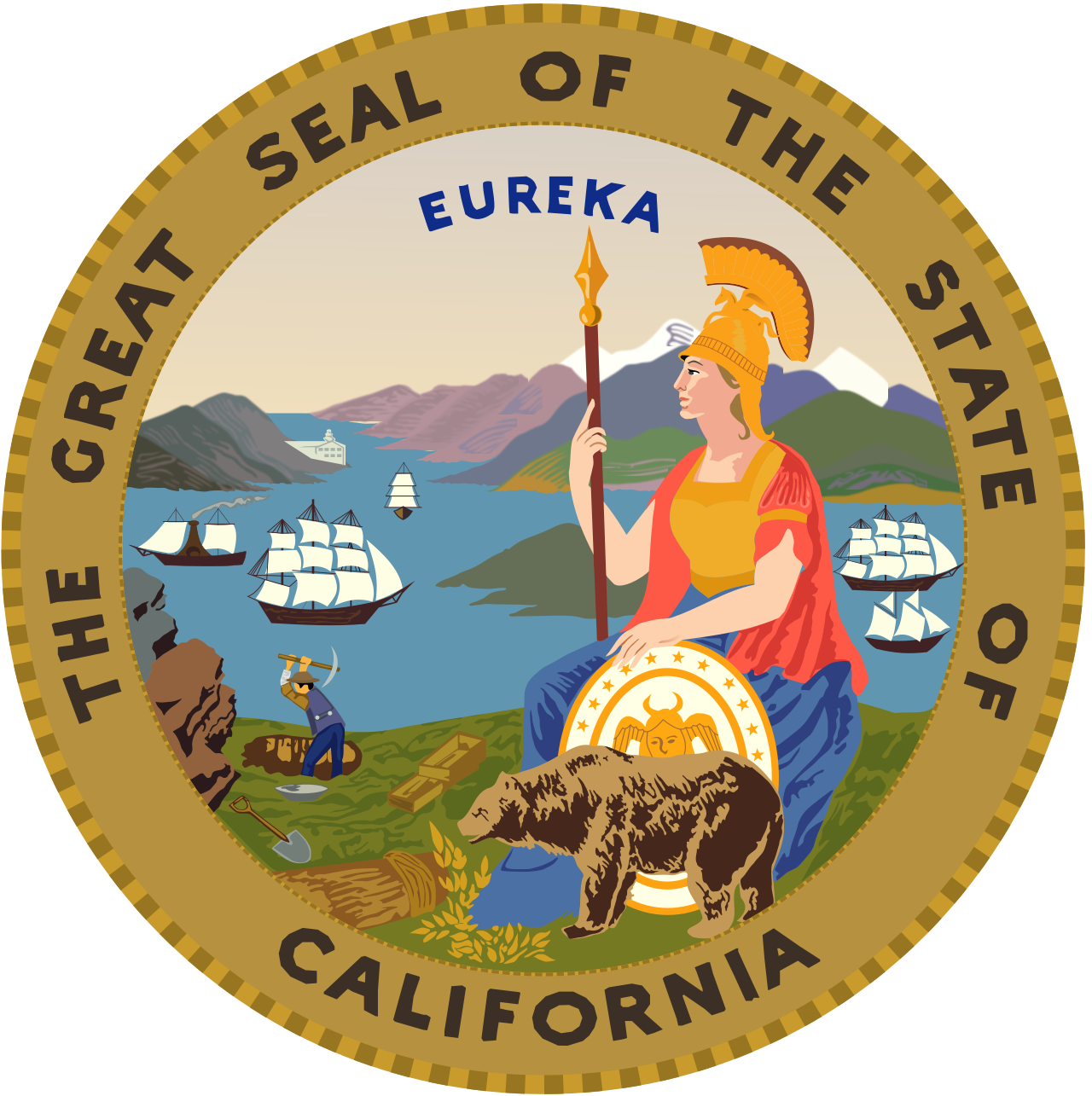Lol WTF is this from?! Haha.
- 27 Posts
- 892 Comments

 6·21 days ago
6·21 days agoFirst time I upload a video to cat box and Lemmy so let me know how I did

 7·21 days ago
7·21 days agoFuck yeah!
it reads from spanish: Americans when they need to explain the terrible consequences of a war: okay, imagine a McDonalds…

 0·25 days ago
0·25 days agoCould you expand more on your 2nd to last sentence? What do you mean be devolved?
Yeah it could just be confirmation bias, it’s definitely hard to confirm those things, and the paranoia with country backed actors trying to affect social media complicates things more.
Idk the steam helps keep the warmth, and it’s fun to shower with your SO
This is a really good post with a great perspective.
any context on his outfit? Is that supposed to be a Chinese clown outfit or something?

 6·1 month ago
6·1 month agoDota 2 still. I still suck, but I hope I’m slowly learning.
I have friends that I play with that make it enjoyable, despite the smurfs and bad matchmaking.
The monster x Hunter event is pretty cool

 19·1 month ago
19·1 month agoTo add context, this refers to a lesson from WW2 by Abraham Wald.
American bombers would come back damaged, so Wald calculated the average damage (bullet holes down on the planes) on the returning planes to help offer clues as to where to focus the armor on the planes (since armor can only be provided in limited quantities due to weight). The thing he realized was that, the damage should be completely random and evenly distributed on the planes. They weren’t. The planes returning had less damage on their engines, and mid body(image on the flag for reference) for instance. His insight was, don’t apply armor where the returning planes are mainly damaged, as the planes can obviously survive that damage, instead apply the armor where the surviving planes were less damaged, like the engines.
This is called the survivorship bias, basing information on only those who are here and healthy doesn’t mean the current system works: we’re ignoring the result from those that the system completely failed, because the others didn’t survive.
If I can make a suggestion, how would it look if the dot colors were the opposite of the color of the flag covered by the plane design, and was strictly followed? So if the flag is pink in that area where the dot is, the dot is then blue.
Right now the dots are just colored in groups, but I’m wondering if they would look cooler if the better matched the flag design.
Regardless, great idea for a flag!

 6·1 month ago
6·1 month agoTaste test is actually more accurate /j

 1·1 month ago
1·1 month agoI’m not familiar with any of this, where did you learn about this?

 5·1 month ago
5·1 month agoIt really really enjoyable. Definitely not something people imagine Robbin Williams playing in, but definitely one of those movies where he shows how well he can act and pick a great movie to be apart of. I also agree with you that I don’t hear about it much at all.

 4·1 month ago
4·1 month agoFucking ABC and their autoplay of videos

 9·2 months ago
9·2 months agoSame feelings. I remember reading horrible articles about 5 years ago from them, that I still to this day, don’t trust them. I’ve maybe intentionally been to their site 1 or 2 times in that time

 1·2 months ago
1·2 months agoSeems like the incorrect article…
Can’t really take you seriously. Fascists and Nazis are both bad, but you’re are idiotic or ignorant to say they are the same.





















I’m confused, how are the dimples added after the milk is dispensed into the container? They would need to dispense the milk, measure the amount of milk missing from filling the slightly misshapen container, then add a dimple of the correct size so that the milk is nearly to the top. Is that correct? i’m going to have to look next time I’m buying milk to see if there’s a variation in the dimple sizes.